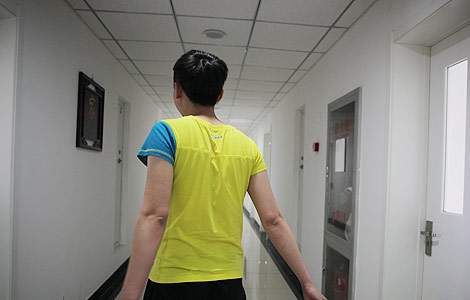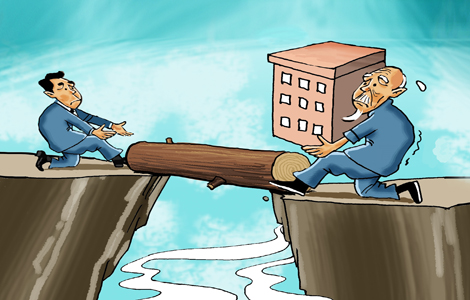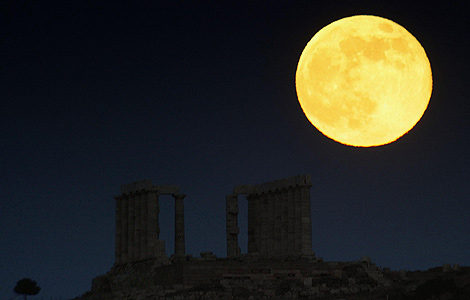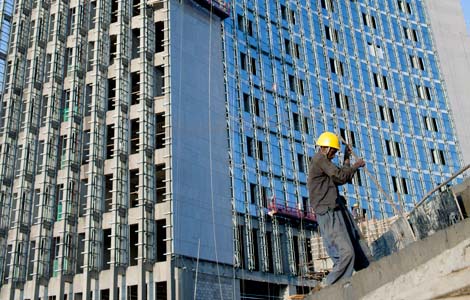Still casting a long shadow
Updated: 2013-01-10 07:14
By Peng Yining (China Daily)
|
||||||||
Although feng shui's effect has waned over the centuries, it can still exert an influence on contemporary China.
One of the most famous examples is the Bank of China tower in Hong Kong. Designed by architect I. M. Pei, the tower's appearance caused dismay among residents. Its large, cruciform steel frames were regarded as bad omens because the cross symbolizes wrongdoing or denial. Residents were worried that the frames would bring misfortune to the city and its inhabitants.
Moreover, the shape of the building itself was controversial. Many people said it resembled a knife stabbing the heart of the city's busiest street. It was, therefore, a symbol of death and bad luck, and taboo in feng shui.
In response, Pei explained that the design was intended to echo the shape of a bamboo shoot in spring, a symbol of life and growth. However, the critics weren't satisfied until the architect hid some of the frames behind darkened glass and explained that the "ominous" crosses represented the facets of a diamond.
Pei was also forced to abandon a projected fountain that was supposed to feature a stream running out of the main hall after local businesspeople and feng shui advocates protested that outflows of water represent the loss of fortune.
(China Daily 01/10/2013 page6)
Most Viewed
Editor's Picks

|

|

|

|

|

|
Today's Top News
H7N9 bird flu less deadly than H5N1
Snowden exposes more US hacking, then flies
China shares extend losses
Xi vows bigger stride in space exploration
Mandela's condition critical
Suspect in shooting spree detained
Mountaineers killed in Pakistan
Foreign firms eye new 'opening-up'
US Weekly

|

|















